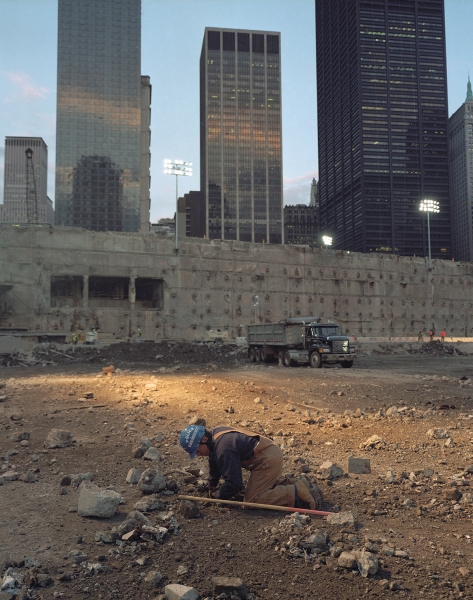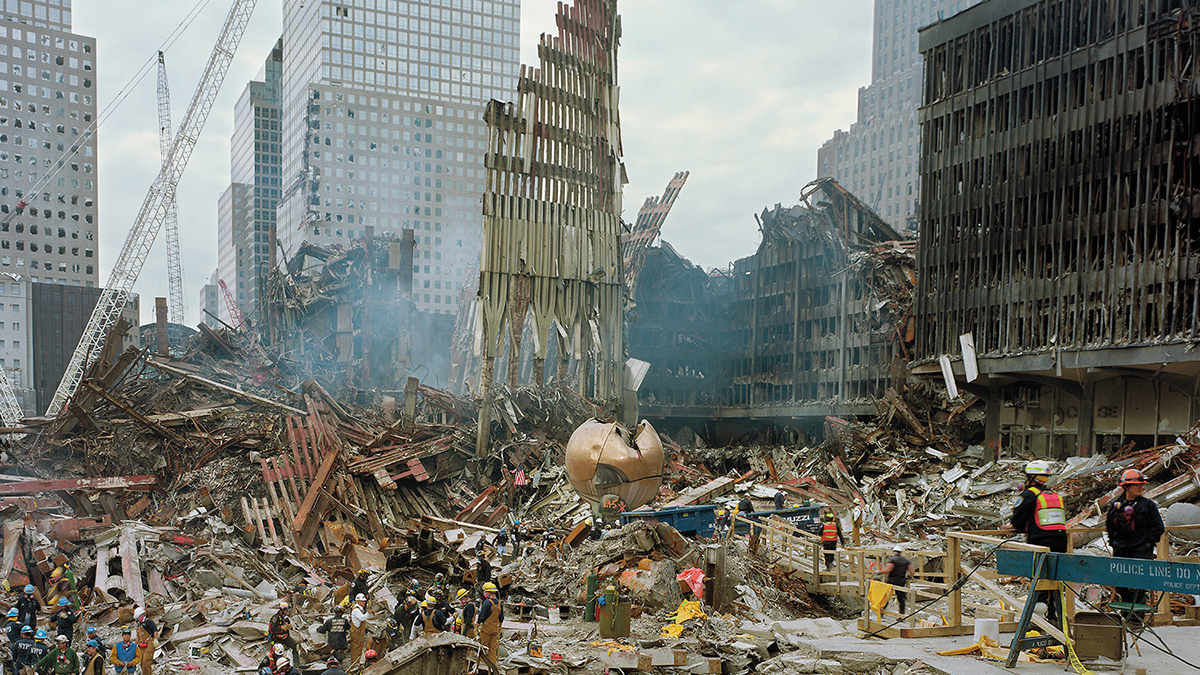Joel Meyerowitz: ground zero historian
Documentary photographer Joel Meyerowitz recalls his experience chronicling ground zero after the 9/11 attacks.
2.25.2019
Longtime New York City resident and acclaimed chronicler of its vibrant street life Joel Meyerowitz was out of town when the Twin Towers were attacked on Sept. 11, 2001. Five days later, he rushed to the site but discovered it had been cordoned off. All he could see from four blocks away was smoke rising in the distance. Nevertheless, he raised his Leica to take a photo and was immediately slapped on the back by a policewoman who shouted, “No photographs, buddy, this is a crime scene!”
Remembers Meyerowitz, “I argued and eventually, with the help of some well-placed friends, got the right to photograph ground zero. I felt there had to be a historical record.” He became the only private photographer allowed to shoot the destruction and recovery at the site and after nine months produced an archive of 8,000 images of the aftermath.

“Photographing there day after day had profound personal and spiritual impacts on me,” he explains. “I was deeply moved by the care with which the workers at ground zero searched the site for every bit of evidence, from a tooth to a wedding ring to a piece of bone—anything that could help identify a victim.”
He explains that there were so many amazing moments during his time at the site, but one that sticks with him still is when a fireman handed him a Bible he had just found in the ruins. “It had been melted into a piece of steel,” says Meyerowitz. It was open to a page from the Sermon on the Mount and it read, “You have heard that it hath been said, An eye for an eye, and a tooth for a tooth: But I say unto you, That ye resist not evil: but whosoever shall smite thee on thy right cheek, turn to him the other also.”
“Of all the pages it could have been opened to!” says Meyerowitz. “Remarkable.”
RELATED: Joel Mererowitz continues to evolve
Robert Kiener is a writer in Vermont.
Tags: documentary photography




